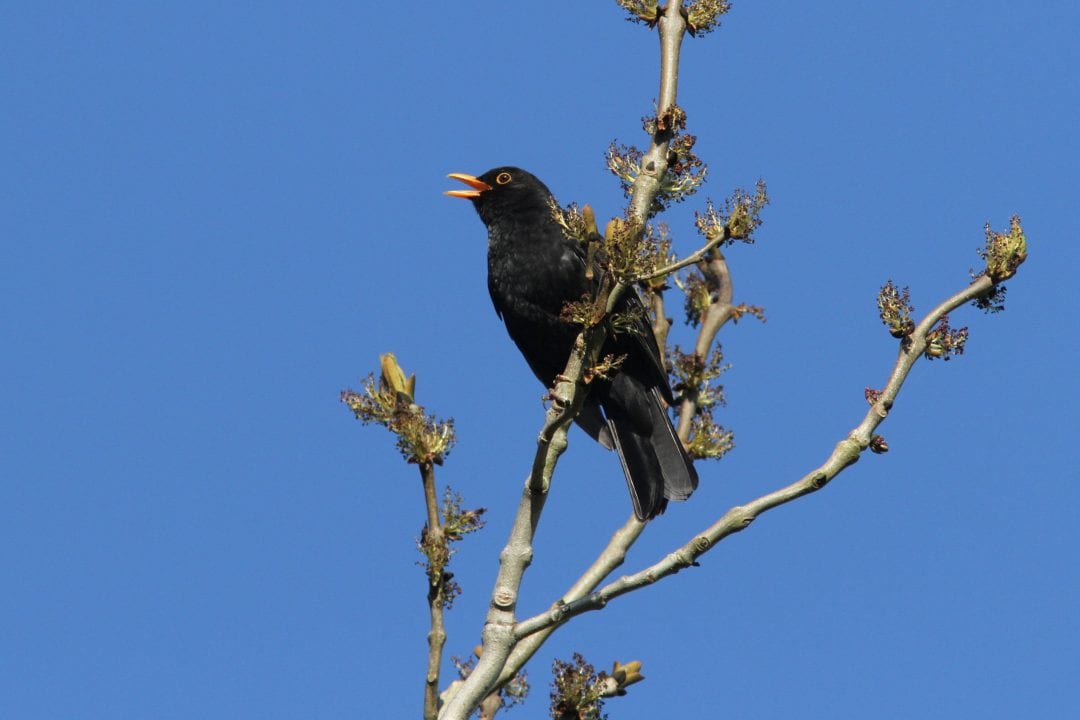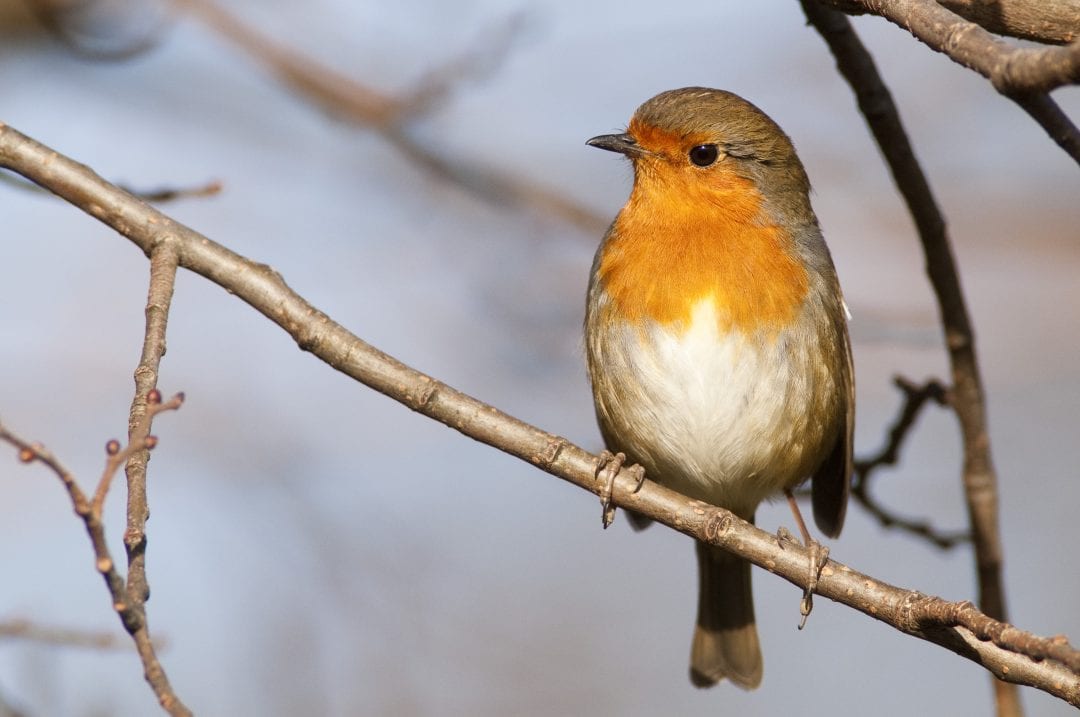CBS Bird Songs and Calls
If you’re taking part in the Countryside Bird Survey, you’ll need to know your bird calls. Most countryside birds are detected by their songs and calls during the breeding season, rather than being seen. See below for descriptions and tips to help you learn (or refresh your mind on…) the calls and songs of twenty of the species most frequently recorded in the Irish countryside each summer.
If you’re looking to learn more species, we highly recommend the website https://www.xeno-canto.org/ which has a huge database of bird sounds from all over the world.






















